Best cheap looper pedals 2025: 7 essential budget loopers for your ‘board
Yes, it really is possible to land a budget looper pedal from just $79 – we’ve got options from TC Electronic, Electro-Harmonix, Boss and more

Why a guide to the best cheap looper pedals, you may ask? When you're starting out, it's hard to scrape together enough allowance or Saturday job cash for one pedal, let alone many. Still, in terms of usefulness, loopers are high up the list. If you're a one-person band, then they're nothing short of essential. Even if you play with others they're a valuable tool for jamming, songwriting or even live use, especially if you're the only guitarist in a band.
While the ideal loop pedal might be a floorboard like the Boomerang III, the reality might be a bit more modest, depending on your budget. Here, we've rounded up some of the best cheap looper pedals currently on the market. For the purposes of this article, we've set our budget loopers upper limit at $150, give or take a couple of dollars.
Best cheap looper pedals: Guitar World’s Choice
The new loop stacking functionality and huge screen make the TC Electronic Ditto+ an easy recommendation. Equally, if you're on a tighter budget, then there's nothing wrong with the original Ditto. For all our reservations, single-button looping isn't that hard to get the hang of, and most players don't need lots of bells and whistles to just loop a couple of chords.
We've always shied away from single-button looper pedals for live use. Maybe that's big feet, or malcoordination, but having that separation on a dark stage makes mid-song disasters a bit less likely. Frantically waving for your drummer's attention to 'go around again' is not the best feeling. As a result, the TC Electronic Ditto X2 has been our go-to recommendation for years. It's not small by any measure, but crucially it's got a dedicated stop control and mode switch.
If you can stretch the extra cash to a tap control pedal though, we'd recommend the MXR Clone Looper over the X2, because it's basically a modern Line 6 DL4 looper in half the space. Magic!
Best cheap looper pedals: Product guide
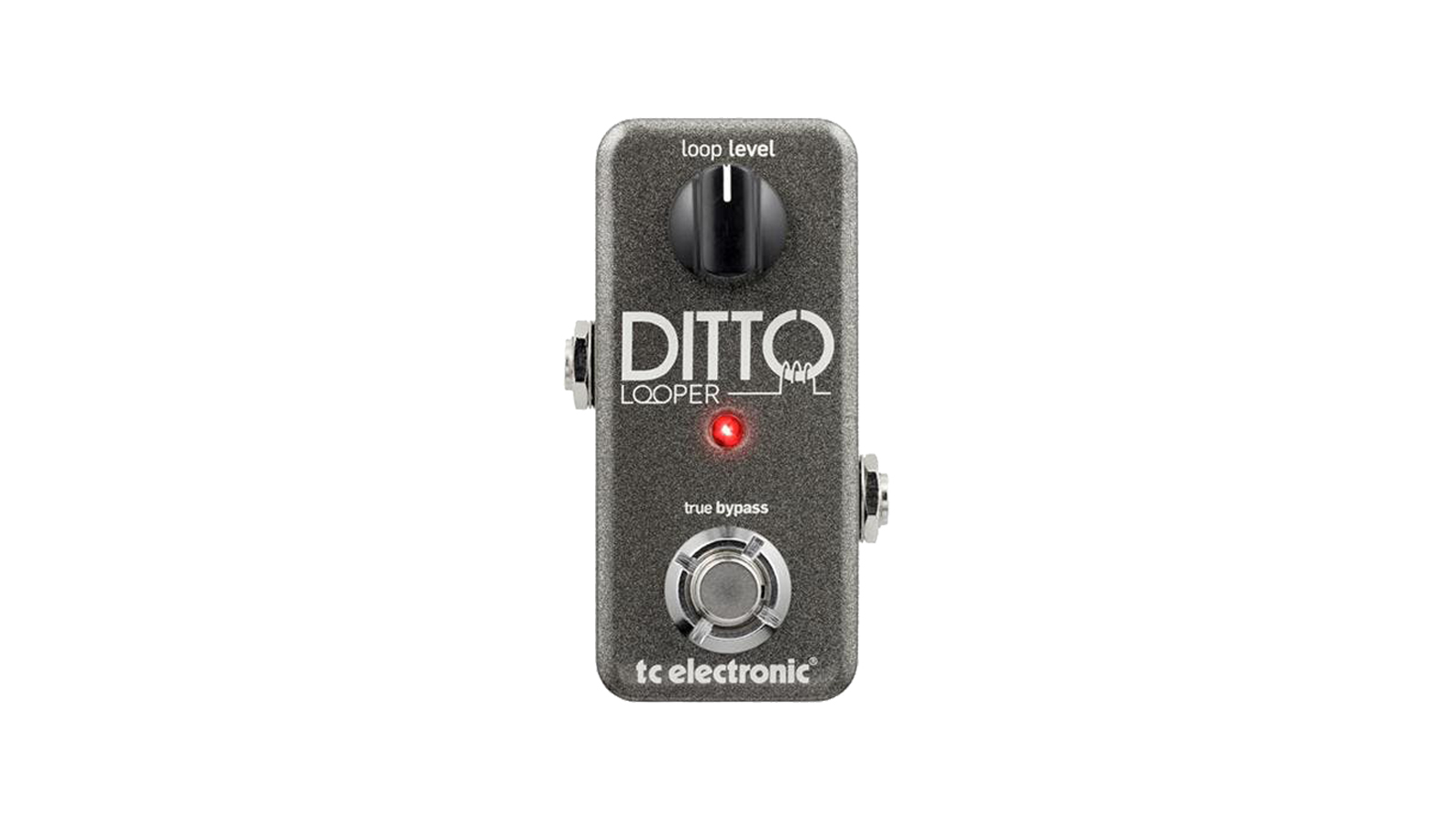
1. TC Electronic Ditto
Our expert review:
Specifications
Reasons to buy
Reasons to avoid
The tiny TC Ditto has been a pedalboard staple for years. Although somewhat fiddly to use live, as it's a single footswitch, it's nevertheless a powerful writing and jamming tool.
Our reservations aside, if you are confident in your usage of the single footswitch for record and stop/play functions, then the tiny size of the Ditto makes it a good choice if space - and budget - is limited.
More than one player we've seen has preferred using dual Dittos on a small board rather than a large looper with more functionality. Particularly if you're using it for drones or pad-like sounds, its size means you pack a lot of power into not very much space.
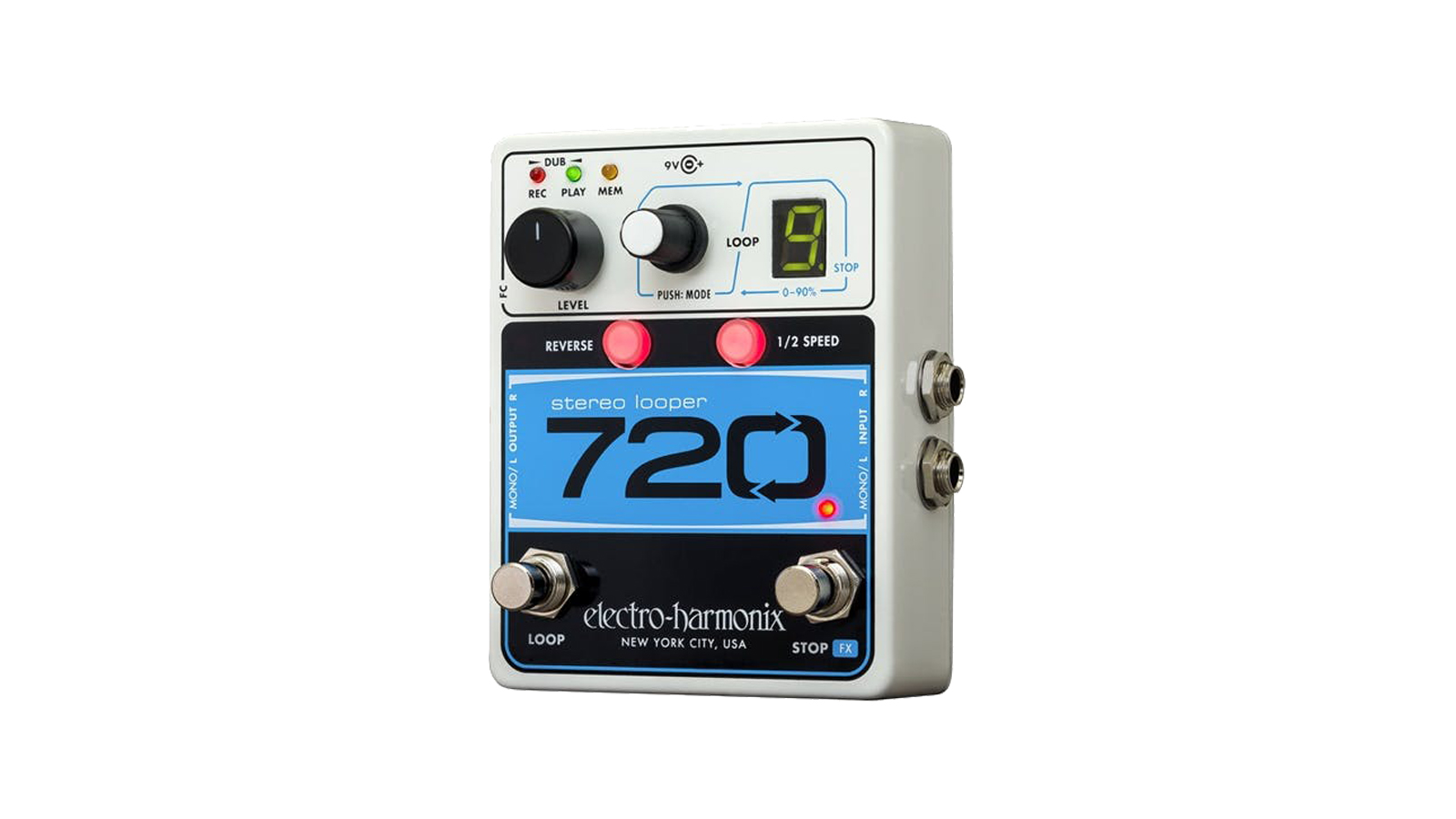
2. Electro-Harmonix 720 Stereo Looper
Our expert review:
Specifications
Reasons to buy
Reasons to avoid
The 720 Stereo Looper takes its name from its capacity – 720 seconds, or 12 minutes. Loops can be stored in 10 dedicated slots, and recalled later. To make live navigation easier an external three-button footswitch can be used to access the bank up and down controls, as well as the undo/redo trigger.
There's also effects that can be applied to loops. These include a reverse mode, half-time mode, and the ability to fade a loop out. The latter doesn't sound particularly exciting, but the addition of the first two options brings this pedal in line with other options that sit at the top of our best cheap looper pedals price bracket.
Read our full Electro-Harmonix 720 Stereo Looper review
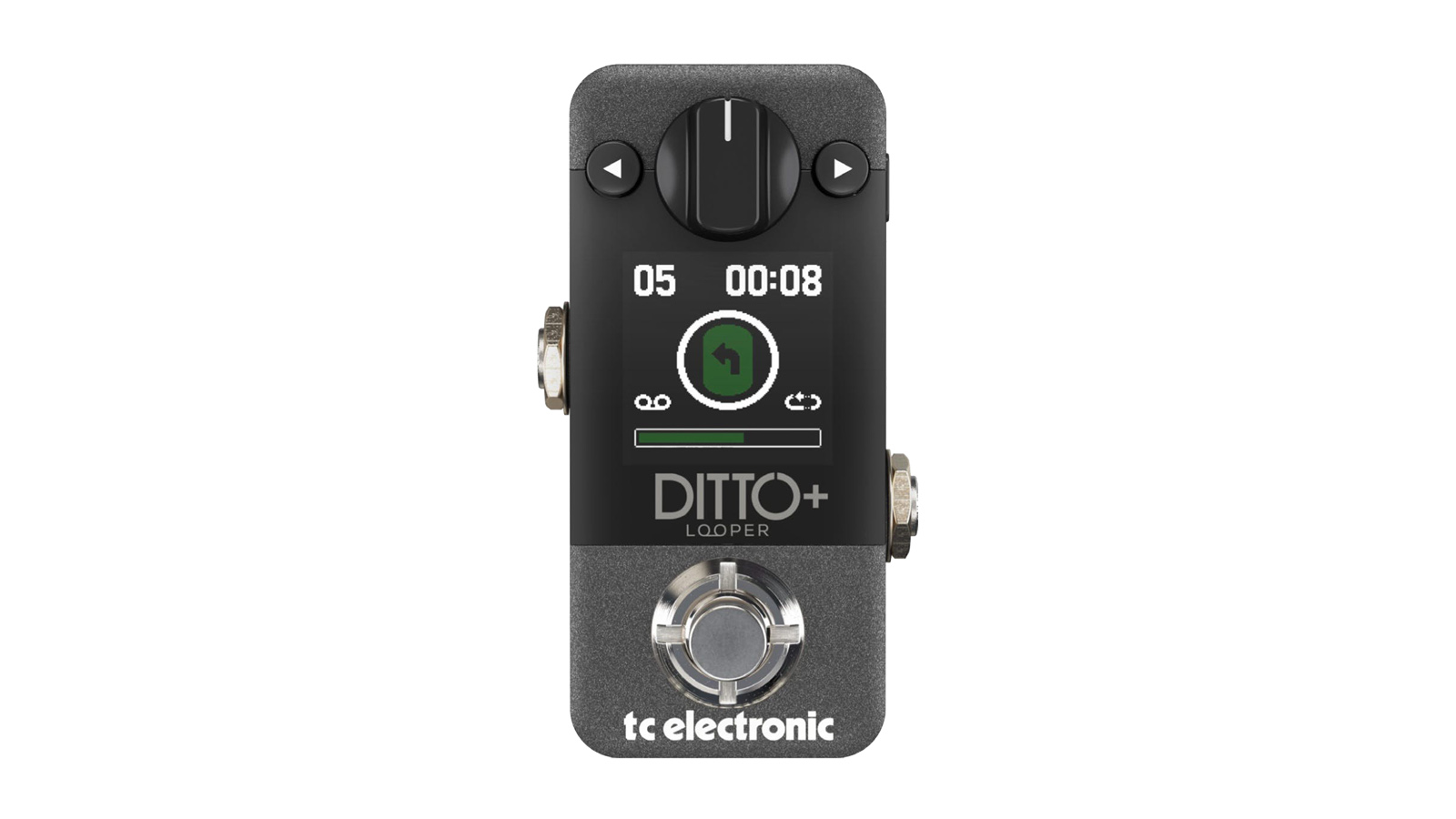
Specifications
Reasons to buy
Reasons to avoid
The Plus is the natural evolution of the venerable Ditto. It costs substantially more, but is still a great deal cheaper than the larger loopers here. Boasting a big screen and easy-to-navigate UI, it's an intuitive and powerful writing tool.
More than that, this budget looper pedal has teeth for live use too. The loop stacking features make it far more foolproof for punching in tight loops and overdubs live. Meanwhile, being able to load samples via USB makes it possible to work with loops and parts from studio tracks more easily.
Add all of that to a tiny form factor, and the TC Electronic Ditto+ is one capable little box.
Read the full TC Electronic Ditto+ review

4. TC Electronic Ditto X2
Our expert review:
Specifications
Reasons to buy
Reasons to avoid
As dual-button loopers go, the Ditto X2 is pretty much the benchmark. It's not small, but at least its stereo I/O is mounted on the top side, in a pedalboard-friendly fashion.
On the front, there's a single control for loop volume, but also a dedicated control for its additional modes. These modes, a reverse and half-time mode, are useful with not only guitar but also synth.
Though it tends to be the case that extra modes on a looper are accident-prone live, the way that these are triggered by the second footswitch after selection is relatively straightforward. Moreover, the master-stop control is always re-instated by returning the mode switch to stop.
You can also load loops via USB, which is useful if you want to use it to trigger sounds from a studio recording.
Read our full TC Electronic Ditto X2 review
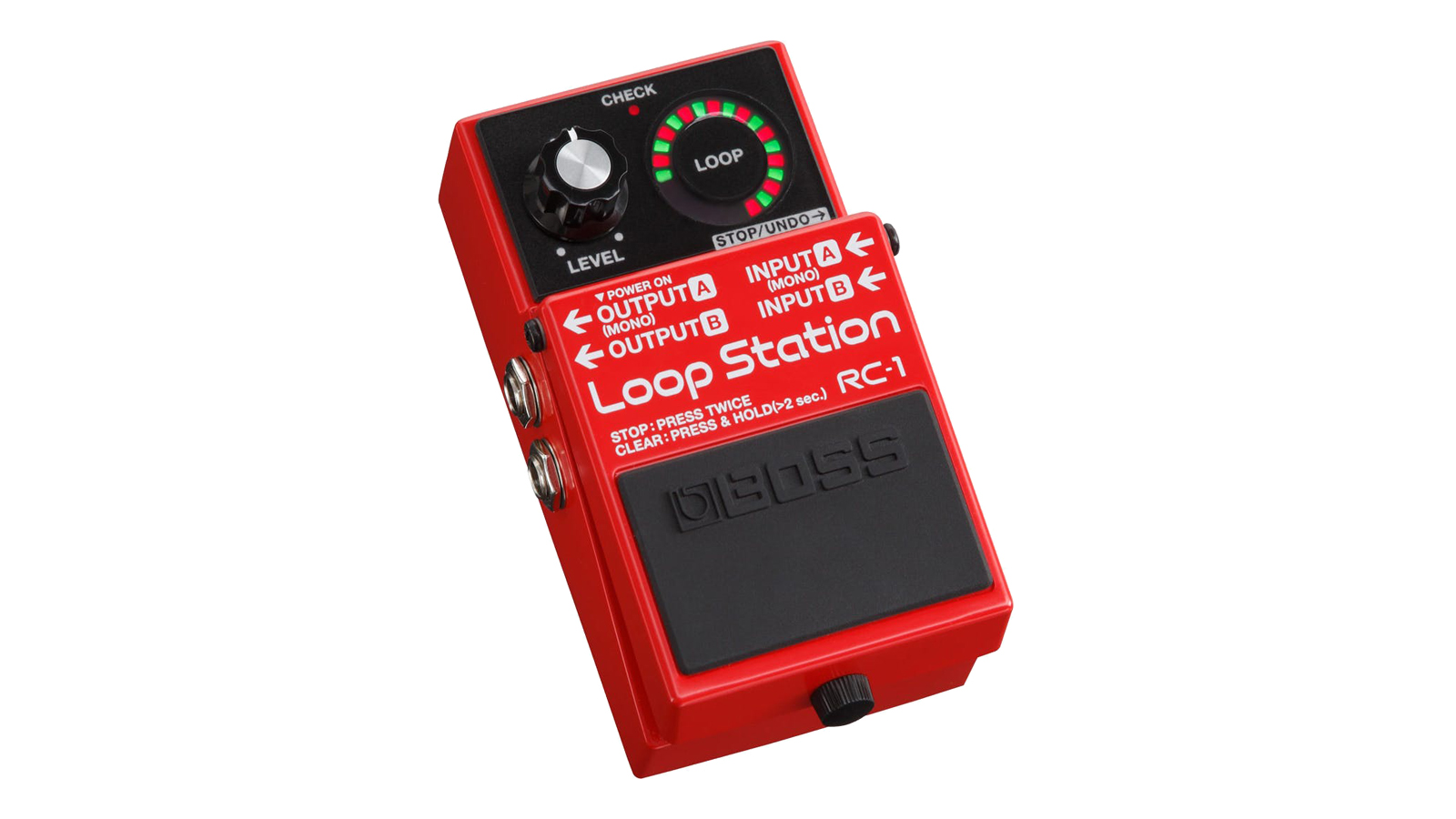
5. Boss RC-1
Our expert review:
Specifications
Reasons to buy
Reasons to avoid
Perhaps it's the great feel of Boss' footswitches, but the RC-1 is relatively forgiving for a single-button looper. The other possibility is that it feels so good because the display is great. The massive glowing ring that displays loop length and playback is nothing short of fantastic, and makes it easy to see at a glance what's going on, even on the darkest stage.
The RC-1 is 16 bit, which puts it a bit behind some of its competitors, but it's unlikely you'll notice this live. It doesn't support external loading of samples either, but it can preserve your current loop when powered off, so that is an option, even if it's of limited utility.
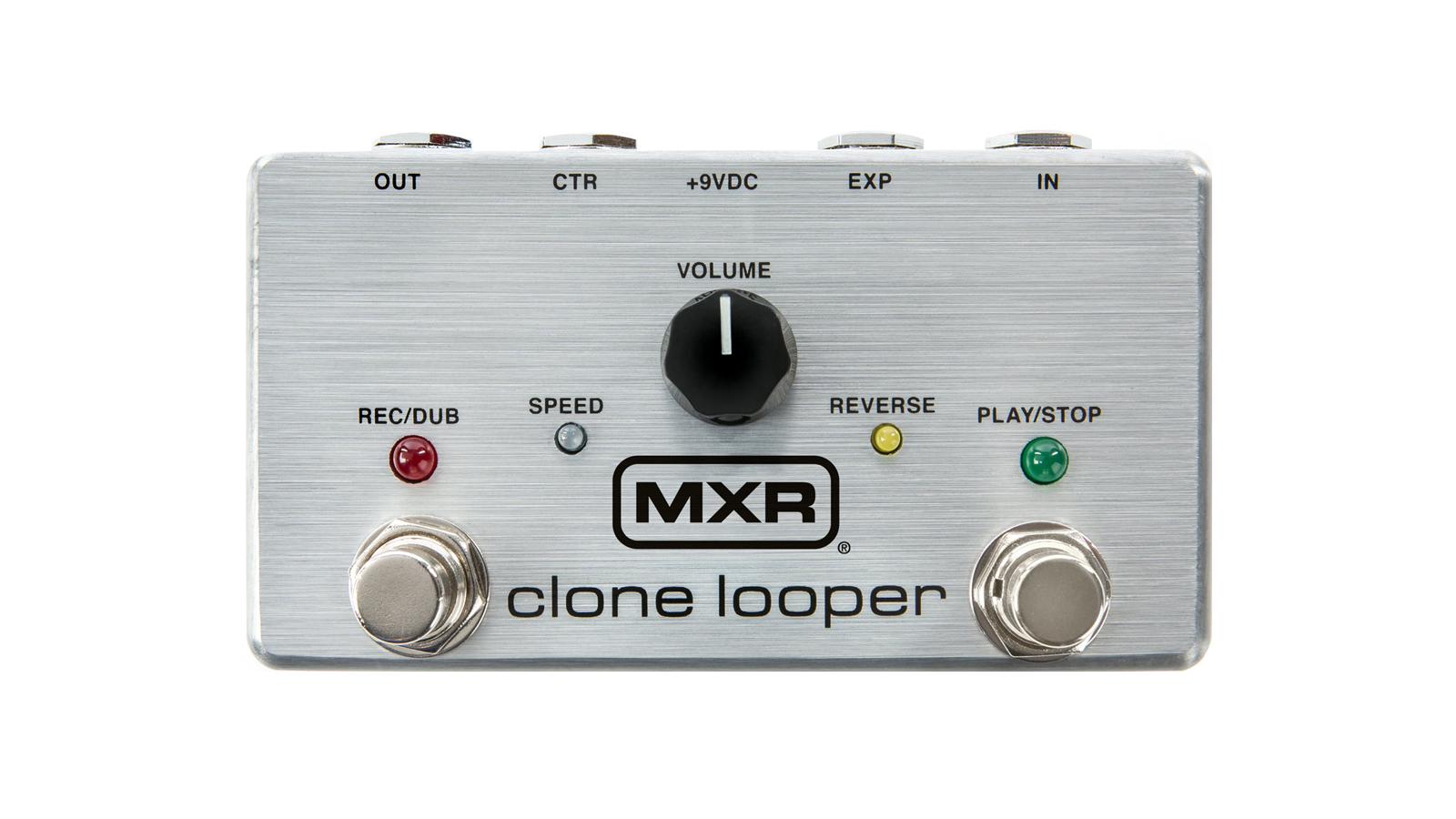
Specifications
Reasons to buy
Reasons to avoid
On paper, the MXR Clone Looper is almost too good to be true. It's got all the meat-and-potatoes looping functionality of workhorses like the Ditto X2, while also having some of the more coveted options of classic performance loopers like the Line 6 DL4.
While the Ditto X2 supports half-time and reverse like the MXR, it can't do double time without some crafty manipulation of the half-time mode. The Clone Looper can't go toe-to-toe with a weird experimental loop pedal like the Red Panda Tensor, as it can't do dynamic time-stretching. However, the ability to do one-shots means it has feature parity with the Line 6 DL4. A modern pedal with all the modes that made the Line 6 DL4 such a popular live looper is pretty exciting at this price point.
So what's the catch? Pretty simple, really. The one-shot mode is only accessible using an external tap control, which of course will set you back a bit more cash and pedalboard space.
Read the full MXR clone looper review
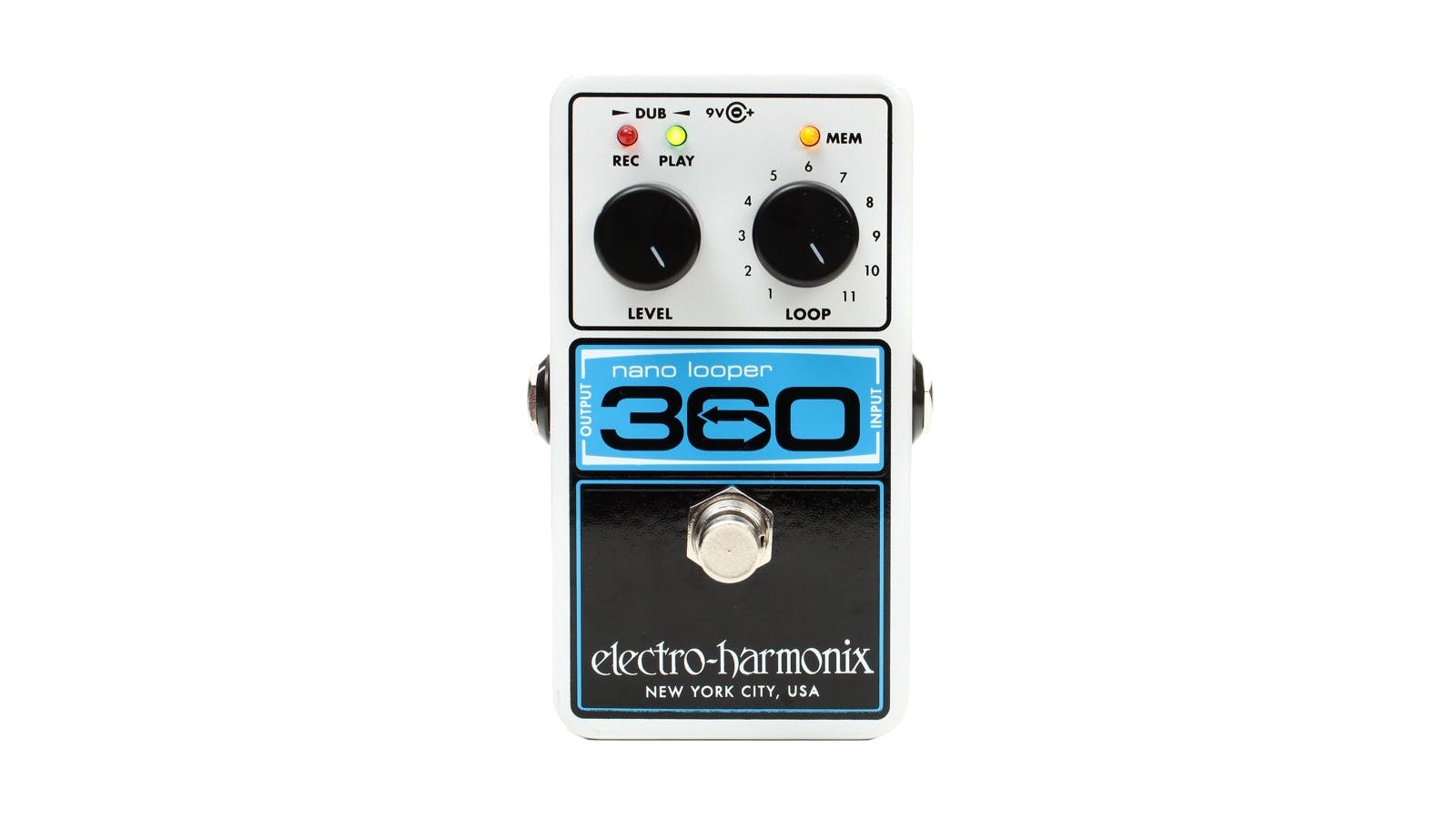
7. Electro-Harmonix Nano Looper 360
Our expert review:
Specifications
Reasons to buy
Reasons to avoid
The smaller brother of the EHX 720, as you might guess from the name, the 360 can store up to 360 seconds of audio, across 11 loops. Like most compact loopers, it supports unlimited overdubs until you run out of space. Unlike many cheaper options, it supports save and recall, making it useful for mid-set interludes and other sound-design type uses.
The only annoying thing about this pedal is that if you don't need the save-and-recall functionality, then there are smaller and cheaper options on the market. The side-mount jacks on the 360 mean it's not only larger than a nano-sized pedal, but nearly the size of a Ditto X2, with its top-mount jacks.
Best cheap looper pedals: Buying advice
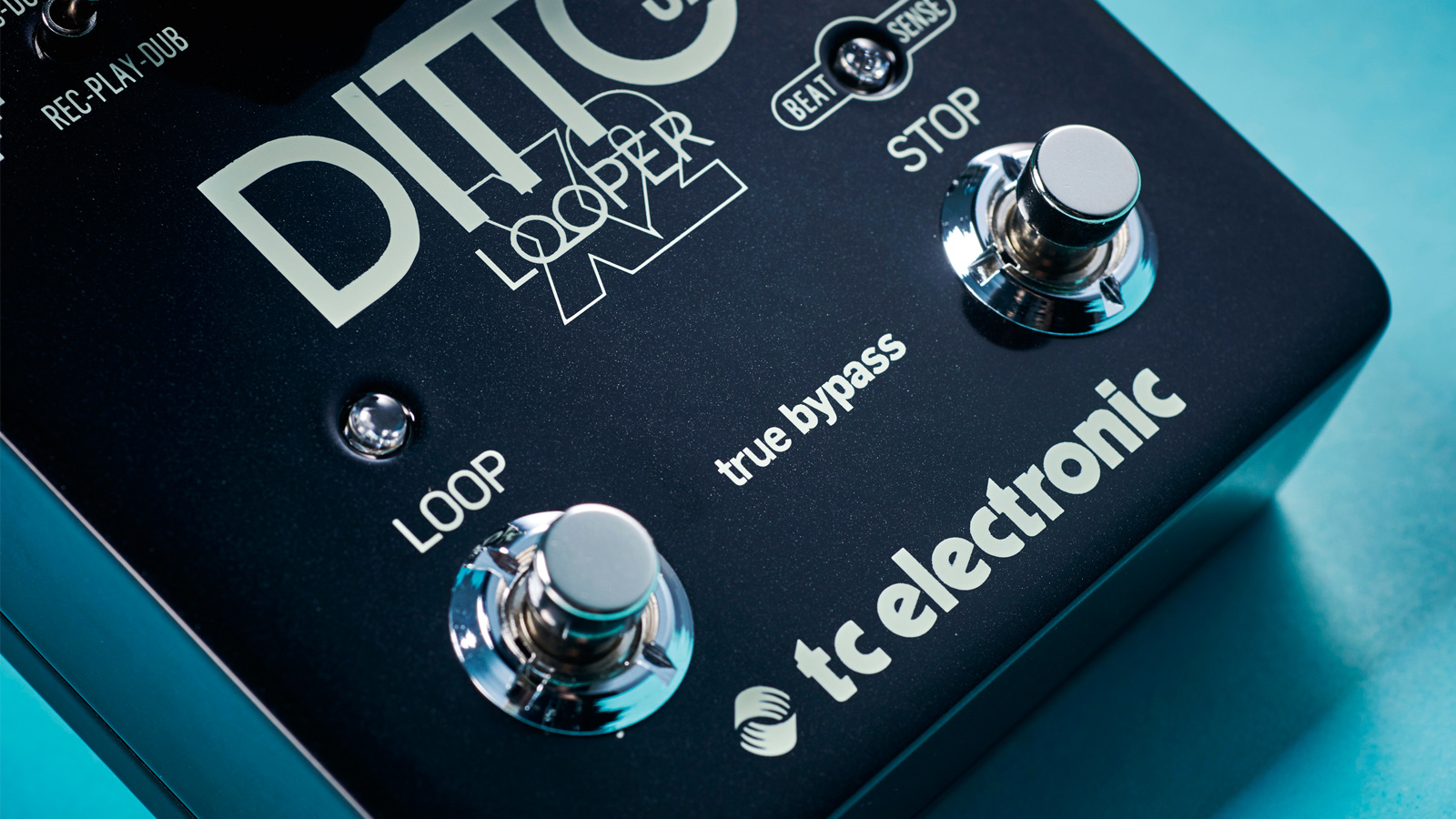
When buying a budget looper pedal, the two key concerns are audio quality, and whether or not there's a dedicated stop footswitch. We're going to sound like a broken record by the end of this article, but for live use it's better to be safe than sorry.
Though we've seen plenty of players using single-button loop pedals on stage, smoothly playing, re-triggering and stopping loops generally requires a dedicated stop control. For songwriting, jamming or home use, or indeed use for drones or synth parts, this might not be an issue. Generally, the main downside to a two-footswitch looper is price, followed closely by size. Thus, whether you're planning on gigging with it is likely to be the deciding factor.
For more expensive loopers, whether or not it has quantisation would be an important concern, as well as whether it supported an external clock or MIDI source, but in the cheap looper pedal bracket, generally that's not an option.
Finally, effects and loading might influence your choice. Many loopers have additional effects that can be applied to the loops. Usually, these are half-time and reverse modes, which can be useful for sound design or experimental textures. Some also have the ability to load and save loops externally. This massively changes how useful the looper is as a compositional tool, and as a device for triggering samples from a studio take to live.
Find out more about how we make our recommendations and how we test each of the products in our buyer's guides.
Related buyer's guides
You can trust Guitar World
- Add some juice with the best pedalboard power supplies
- Best multi-effects pedals: top do-it-all guitar effects units
- Our pick of the best Klon clones for every budget
Get The Pick Newsletter
All the latest guitar news, interviews, lessons, reviews, deals and more, direct to your inbox!
Alex Lynham is a gear obsessive who's been collecting and building modern and vintage equipment since he got his first Saturday job. Besides reviewing countless pedals for Total Guitar, he's written guides on how to build your first pedal, how to build a tube amp from a kit, and briefly went viral when he released a glitch delay pedal, the Atom Smasher.
“The original Jordan Boss Tone was probably used by four out of five garage bands in the late ’60s”: Unpacking the gnarly magic of the Jordan Boss Tone – an actual guitar plug-in that delivers Dan Auerbach-approved fuzz
“This is a powerhouse of a stompbox that manages to keep things simple while offering endless inspiration”: Strymon EC-1 Single Head dTape Echo pedal review











